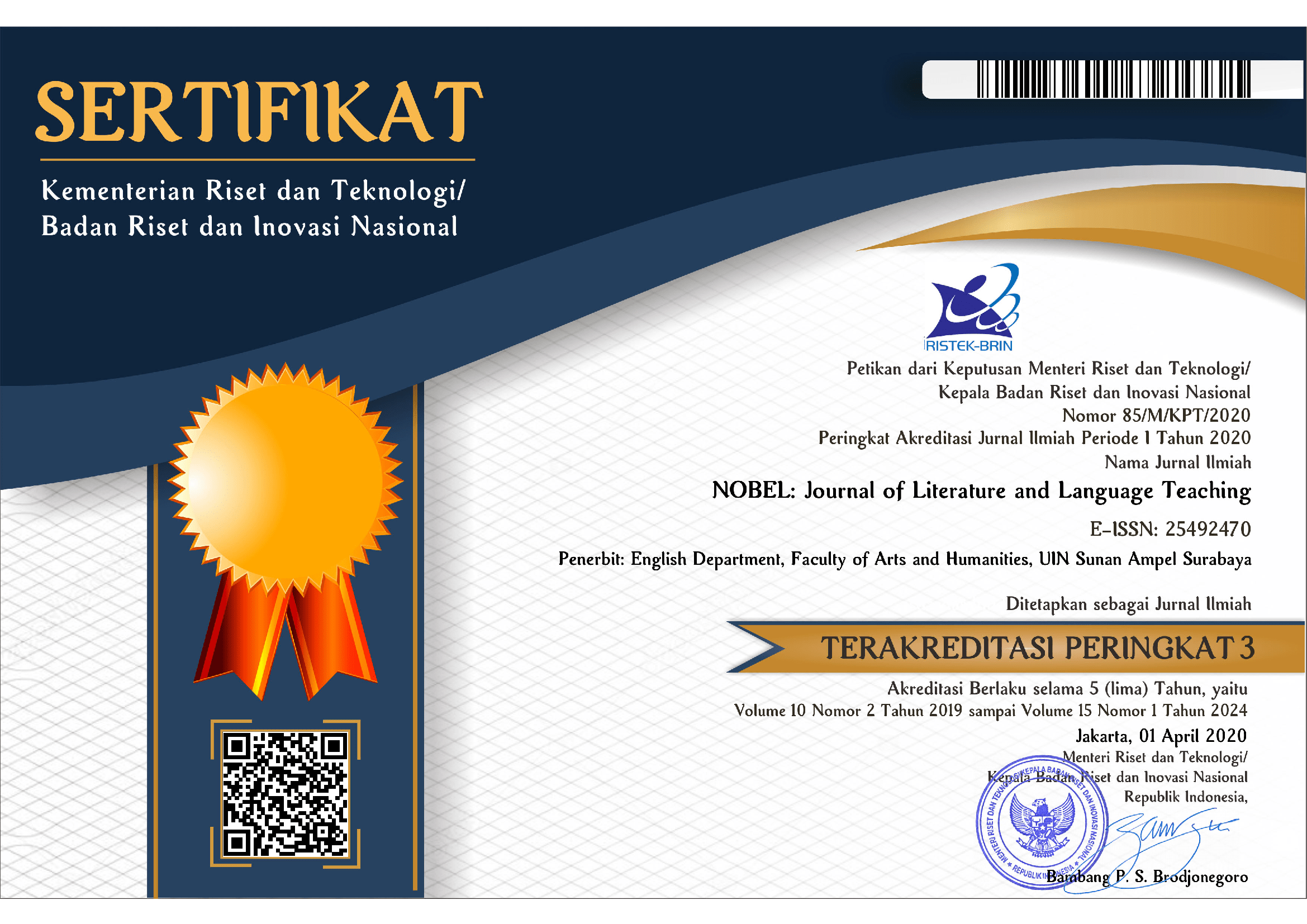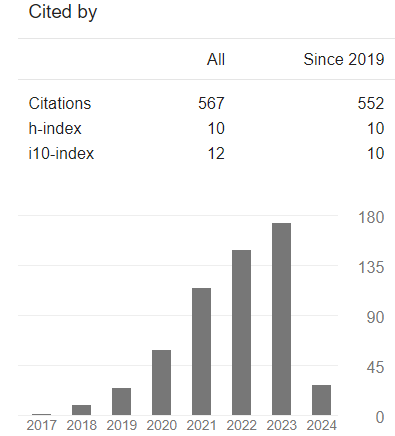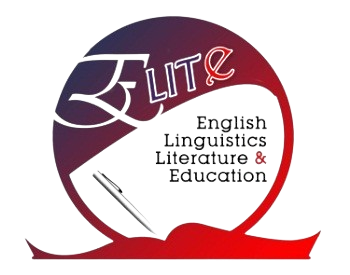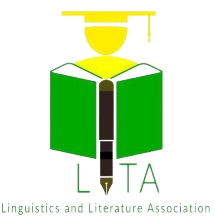Facilitating Student Voice through Sandwich Principle of Teaching (SPoT): Research-Led Teaching in English Language Teaching (ELT)
DOI:
https://doi.org/10.15642/NOBEL.2022.13.1.1-17Keywords:
collaborative learning; SAR approach; SPoT principleAbstract
This study explores the implementation of the Sandwich Principle of Teaching (SPoT) in facilitating the students to voice their thoughts properly while learning about research in English Language Teaching (ELT). This case study is guided by the theory of research-led teaching from Walkington and SPoT from Wahl. The study employed 30 students of higher education as research participants. In 14 weeks, the teacher alternately used traditional and collaborative learning. The students were involved in various learning experiences; formulating lesson goals, reading journal articles, selecting the article, identifying the gap, and choosing and defining research topics. The findings revealed that the integration of SPoT into research-led teaching provides guidance for the teacher to teach research and space to voice their thought under the language learning research program. The findings show a positive attitude on students’ experiences in each stage of the learning research program through SPoT. Based on the findings, it is concluded that the integration of SPoT into research-led teaching could provide the students a space to voice their thought in the language learning research program. They got better learning experiences as they could engage actively in the class and voice their thoughts as well.
Downloads
References
Andriyani, N. (2015). Using the direct method in teaching to improve students’ speaking skill at Purikids language course [Yogyakarta State University]. https://eprints.uny.ac.id/28019/1/Thesis.pdf
Bayram-Jacobs, D., & Hayirsever, F. (2016). Student-centred learning: How does it work in practice? British Journal of Education, Society & Behavioural Science, 18(3), 1–15. https://doi.org/10.9734/BJESBS/2016/28810
Billore, S. (2021). The sandwich model workshop - An innovative integrated teaching approach for theory and practice-based knowledge in marketing. Marketing Education Review, 31(2), 99–110. https://doi.org/10.1080/10528008.2021.1875848
Bock, A., Idzko-Siekermann, B., Lemos, M., Kniha, K., Möhlhenrich, S. C., Peters, F., Hölzle, F., & Modabber, A. (2020). The sandwich principle: Assessing the didactic effect in lectures on “cleft lips and palates.” BMC Medical Education, 20(310), 1–7. https://doi.org/10.1186/s12909-020-02209-y
Bock, A., Thomas, C., Heitzer, M., Winnand, P., Peters, F., Lemos, M., Hölzle, F., & Modabber, A. (2021). Transferring the sandwich principle to instructional videos: Is it worth the effort? BMC Medical Education, 21(1), 1–7. https://doi.org/10.1186/S12909-021-02967-3/TABLES/2
Dehler, G. E., & Welsh, M. A. (2014). Against spoon-feeding. For learning. Reflections on students’ claims to knowledge. Journal of Management Education, 38(6), 875–893. https://doi.org/10.1177/1052562913511436
Evcim, H., & İpek, Ö. F. (2013). Effects of jigsaw II on academic achievement in English prep classes. Procedia - Social and Behavioral Sciences, 70(2013), 1651–1659. https://doi.org/10.1016/J.SBSPRO.2013.01.236
Filade, B. A., Bello, A. A., Uwaoma, C. O., Anwanane, B. B., & Nwangburuka, K. (2019). Peer group influence on academic performance of undergraduate students in Babcock University, Ogun State. African Educational Research Journal, 7(2), 81–87. https://doi.org/10.30918/aerj.72.19.010
Griffiths, R. (2004). Knowledge production and the research-teaching nexus: The case of the built environment disciplines. Studies in Higher Education, 29(6), 709–726. https://doi.org/10.1080/0307507042000287212
Grob, R., Holmeier, M., & Labudde, P. (2018). A teacher perspective on benefits and challenges of peer-assessment. In O. Finlayson, E. McLoughlin, S. Erduran, & P. Childs (Eds.), Electronic Proceedings of the ESERA 2017 Conference. Research, practice and collaboration in science education (pp. 1416–1422). European Science Education Research Association. https://folia.unifr.ch/unifr/documents/312673
Halimah, L., & Sukmayadi, V. (2019). The role of “Jigsaw” method in enhancing Indonesian prospective teachers’ pedagogical knowledge and communication skill. International Journal of Instruction, 12(2), 289–304. https://doi.org/10.29333/iji.2019.12219a
Healey, M., Jordan, F., Pell, B., & Short, C. (2010). The research–teaching nexus: A case study of students’ awareness, experiences and perceptions of research. Innovations in Education and Teaching International, 47(2), 235–246. https://doi.org/10.1080/14703291003718968
Huber, G. L., & Huber, A. A. (2008). Structuring group interaction to promote thinking and learning during small group learning in high school settings. In The teacher’s role in implementing cooperative learning in the classroom (pp. 110–131). Springer. https://doi.org/10.1007/978-0-387-70892-8_6
Ivaniš, A., Sambunjak, D., Todić, M. R., Kadmon, M., & Strittmatter-Haubold, V. (2009). The sandwich design of teaching and learning. In D. Bokonjic, T. Steiner, & H.-G. Sonntag (Eds.), Handbook of teaching and learning in medicine. B&H Medical Faculties. http://www.bhmed-emanual.org/chapter_1_the_sandwich_design_of_teaching_and_learning
John, K. St., & Briel, L. (2017). Student voice: A growing movement within education that benefits students and teachers. In Center on Transition (Issue April). https://centerontransition.org/publications/download.cfm?id=61
Johnson, D. (2017). The role of teachers in motivating students to learn. BU Journal of Graduate Studies in Education, 9(1), 46–49. https://doi.org/10.1080/07303084
Kadmon, M., Strittmatter-Haubold, V., Greifeneder, R., Ehlail, F., & Lammerding-Köppel, M. (2008). The sandwich principle – Introduction to learner-centred teaching/learning methods in medicine. Zeitschrift Für Evidenz, Fortbildung Und Qualität Im Gesundheitswesen, 102(10), 628–633. https://doi.org/10.1016/J.ZEFQ.2008.11.018
Karami, A., & Rezaei, A. (2015). An overview of peer-assessment: The benefits and importance. Journal for the Study of English Linguistics, 3(1), 93–100. https://doi.org/10.5296/jsel.v3i1.7889
Laal, M., & Laal, M. (2012). Collaborative learning: What is it? Procedia - Social and Behavioral Sciences, 31(2012), 491–495. https://doi.org/10.1016/J.SBSPRO.2011.12.092
Lin, M. T. P., & Jain, J. (2018). Reflective practice: An approach to developing self-knowledge. 11th Taylor’s Teaching & Learning Conference, 1–7. https://www.researchgate.net/publication/332409418
Lumpkin, A. (2020). Effective teaching and learning—A five-step process. Journal of Education and Culture Studies, 4(3), 32–43. https://doi.org/10.22158/jecs.v4n3p32
Omar, D. S. N. P., Shahrill, M., & Sajali, M. Z. (2018). The use of peer assessment to improve students’ learning of geometry. European Journal of Social Science Education and Research, 5(2), 187–206. https://doi.org/10.26417/ejser.v5i2.p187-206
Rennie Center for Education Research & Policy. (2019). Student voice: How young people Can shape the future of education. https://eric.ed.gov/?id=ED594106
Rudd, T., Colligan, F., & Naik, R. (2006). Futurelab: Learner voice handbook. HAL open science. https://telearn.archives-ouvertes.fr/hal-00190332
Schunk, D. H. (2012). Learning Theories: An educational perspective (6th ed.). Pearson. https://doi.org/10.1007/BF00751323
Topping, K. J. (2009). Peer assessment. Theory into Practice, 48(1), 20–27. https://doi.org/10.1080/00405840802577569
Walkington, H. (2015). Students as researchers: Supporting undergraduate research in the disciplines in higher education itle. The Higher Education Academy. https://www.heacademy.ac.uk/system/files/resources/Students as researchers_1.pdf
Wang, J., Li, L., Li, H., Luo, C., Chen, J., Fang, X., Huang, Y., Zhao, Q., Huang, H., Huang, Q., Li, B., & Tang, Q. (2018). Application of sandwich learning in the theory teaching of histology and embryology for first-year medical students. Creative Education, 9(2018), 1637–1647. https://doi.org/10.4236/CE.2018.911118
Weinberger, Y., & Shonfeld, M. (2018). Students’ willingness to practice collaborative learning. Teaching Education, 31(2), 127–143. https://doi.org/10.1080/10476210.2018.1508280
Xie, C., Wang, M., & Hu, H. (2018). Effects of constructivist and transmission instructional models on mathematics achievement in mainland China: A meta-analysis. Frontiers in Psychology, 9(Oct), 1–18. https://doi.org/10.3389/FPSYG.2018.01923/BIBTEX
Zhang, Z., & Bayley, J. (2019). Peer learning for university students’ learning enrichment: Perspectives of undergraduate students. Journal of Peer Learning, 12(1), 61–74. https://ro.uow.edu.au/ajpl/vol12/iss1/5
Downloads
Published
How to Cite
Issue
Section
License
Copyright (c) 2022 NOBEL: Journal of Literature and Language Teaching

This work is licensed under a Creative Commons Attribution 4.0 International License.







